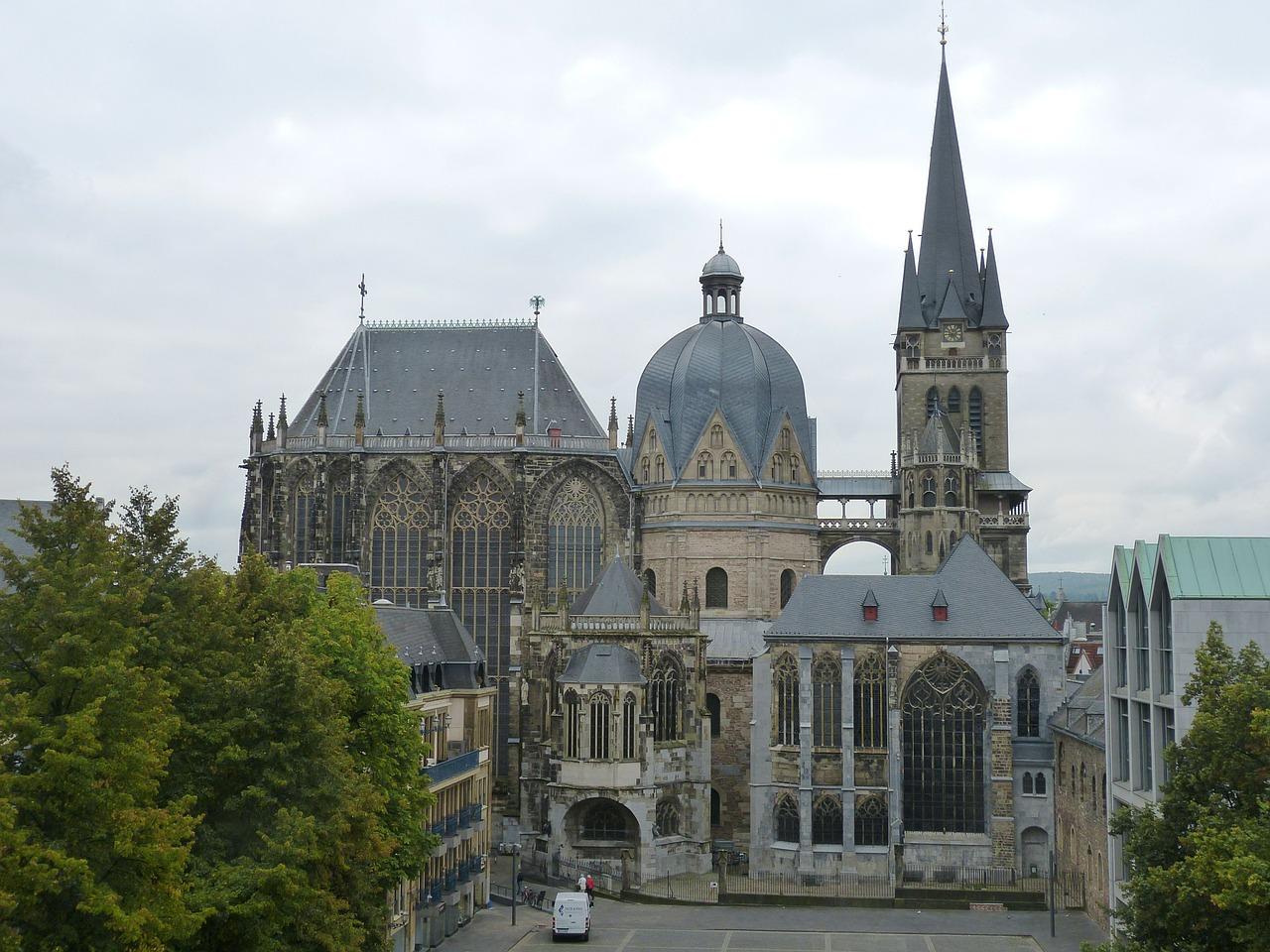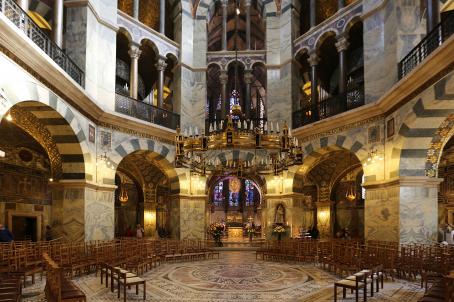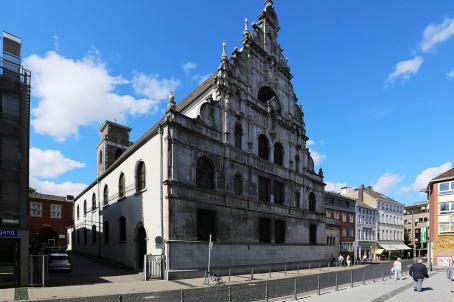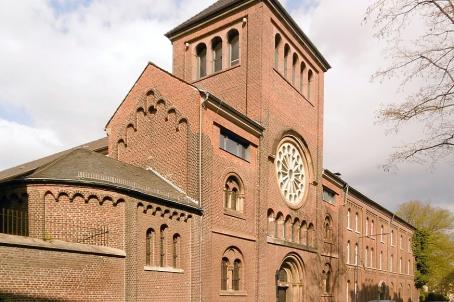Aachen Cathedral

The Aachen Cathedral, built on the former Palatine Chapel of the Palace of Charlemagne (800-814), is the most important architectural example of the Carolingian Renaissance.
About this building
The Aachen Cathedral is a heterogeneous structure, influenced by many stylistic epochs, characterized by numerous breaks and extensions. To symbolically anchor their reign in the wake of that of Charlemagne, a large portion of the rulers of the Holy Roman Empire, between 936 and 1531, were crowned here.





